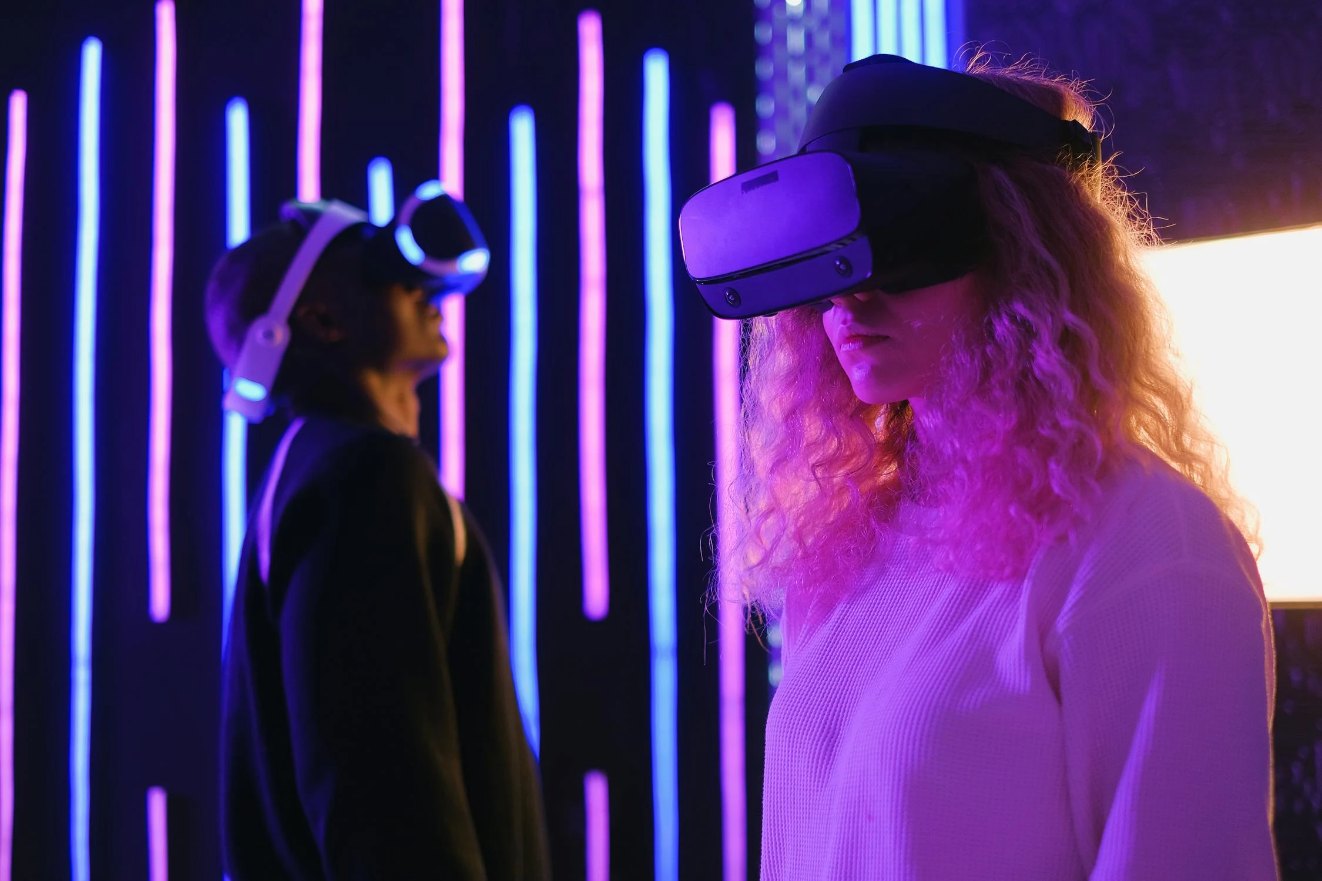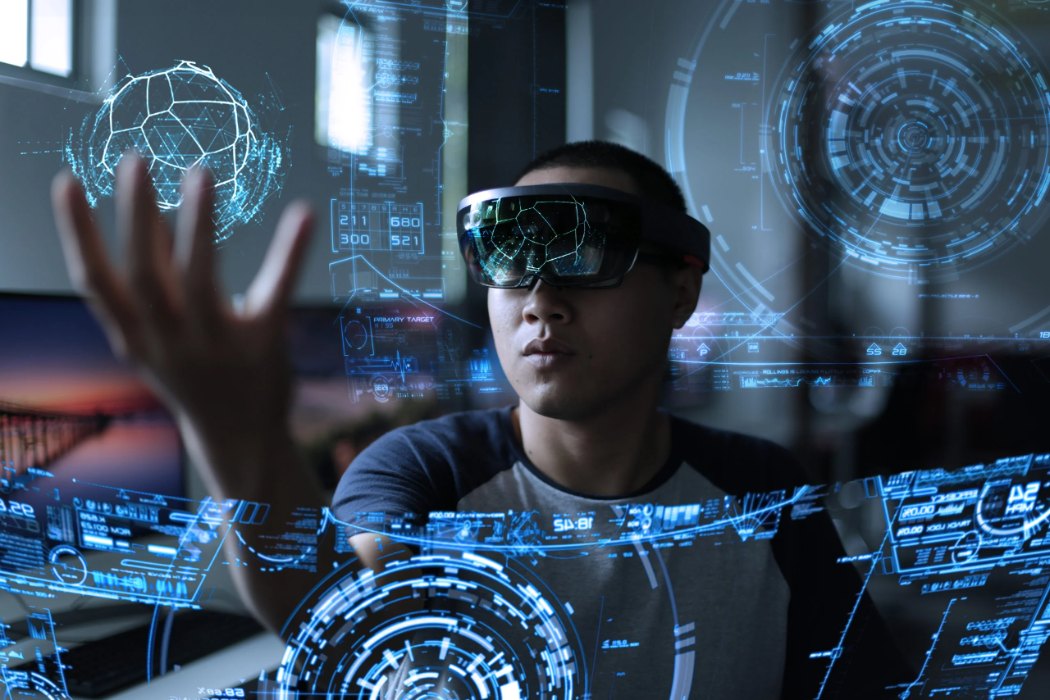Deep Learning: Understanding Neural Networks and Their Capabilities

6 min read
13 Oct 2025
Deep learning is a subset of machine learning that has revolutionized artificial intelligence by enabling computers to learn from large amounts of data. This article explores the fundamentals of neural networks, their architecture, training process, and diverse applications across various domains.
Neural Network Architecture
Neural networks are structured in layers: input, hidden, and output layers. Each layer consists of interconnected nodes, or neurons, which process information through weighted connections. Deep neural networks have multiple hidden layers that enable them to learn complex representations of data, distinguishing them from shallow networks with fewer layers.
Training Process
The training process involves feeding labeled data into the neural network, adjusting weights iteratively through backpropagation to minimize prediction errors. Activation functions introduce non-linearity, enabling neural networks to model complex relationships in data. Techniques like stochastic gradient descent optimize the learning process, making neural networks capable of handling large-scale datasets efficiently.
Applications of Deep Learning
Deep learning finds applications across diverse fields such as computer vision, natural language processing (NLP), speech recognition, and autonomous systems. Convolutional neural networks (CNNs) excel in image and video analysis tasks, detecting objects, and recognizing patterns. Recurrent neural networks (RNNs) are effective in sequence modeling, making them suitable for tasks like language translation and sentiment analysis.
Natural Language Processing (NLP)
In NLP, deep learning models process and generate human language, enabling tasks such as machine translation, text summarization, and sentiment analysis. Transformer architectures have advanced NLP by improving efficiency in processing long-range dependencies and capturing context in large text corpora, leading to significant advancements in language understanding and generation tasks.
Challenges and Considerations
Deploying deep learning models involves challenges such as overfitting, interpretability of black-box models, and computational resource requirements. Addressing these challenges requires techniques like regularization to prevent overfitting, explainable AI methods to interpret model decisions, and advancements in hardware and software to support training and deployment of complex deep learning architectures.
Future Directions
The future of deep learning lies in advancing model interpretability, robustness, and scalability. Research areas include improving transfer learning capabilities, developing more efficient training algorithms, and integrating deep learning with other AI techniques like reinforcement learning and symbolic reasoning. These advancements aim to push the boundaries of what deep learning can achieve across scientific research, healthcare, autonomous systems, and beyond.
In conclusion, deep learning has transformed artificial intelligence by enabling neural networks to learn complex patterns and representations from data. Understanding the architecture, training process, and applications of deep learning is essential for harnessing its capabilities and driving innovation in AI-driven technologies.

The AR Breakthrough That Will Make Blockchain Transactions Simpler Than Ever!
6 min read | 15 Nov 2025
How AI Is Making Blockchain Smarter and Safer – The Inside Scoop!
6 min read | 14 Nov 2025
The Big Tech Twist: How VR Is Set to Disrupt Blockchain Like Never Before!
7 min read | 13 Nov 2025
Unlocking the Power of AR: How Augmented Reality Is Set to Revolutionize Blockchain!
6 min read | 12 Nov 2025More Articles

How AI is Transforming Finance: From Robo-Advisors to Fraud Detection
4 min read | 11 Nov 2025

AI in Retail: How Machine Learning Is Personalizing Shopping Experiences
5 min read | 10 Nov 2025

The Ethical Dilemmas of Artificial Intelligence: What We Need to Know
5 min read | 09 Nov 2025

AI-Powered Personal Assistants: Are They Changing How We Work?
4 min read | 08 Nov 2025
More Articles

Is VR the Future of Blockchain? Discover the Unseen Link Between Virtual Worlds and Crypto!
7 min read | 11 Nov 2025

How Blockchain Could Make AI More Transparent and Trustworthy – Here’s How!
7 min read | 10 Nov 2025

The Ultimate Guide to Combining AR and AI for Unbelievable Tech Experiences
5 min read | 09 Nov 2025

Blockchain 2.0: The Breakthrough Innovations That Will Blow Your Mind
6 min read | 08 Nov 2025
